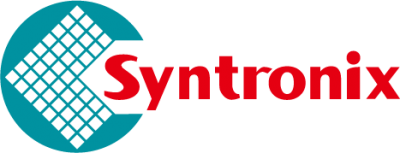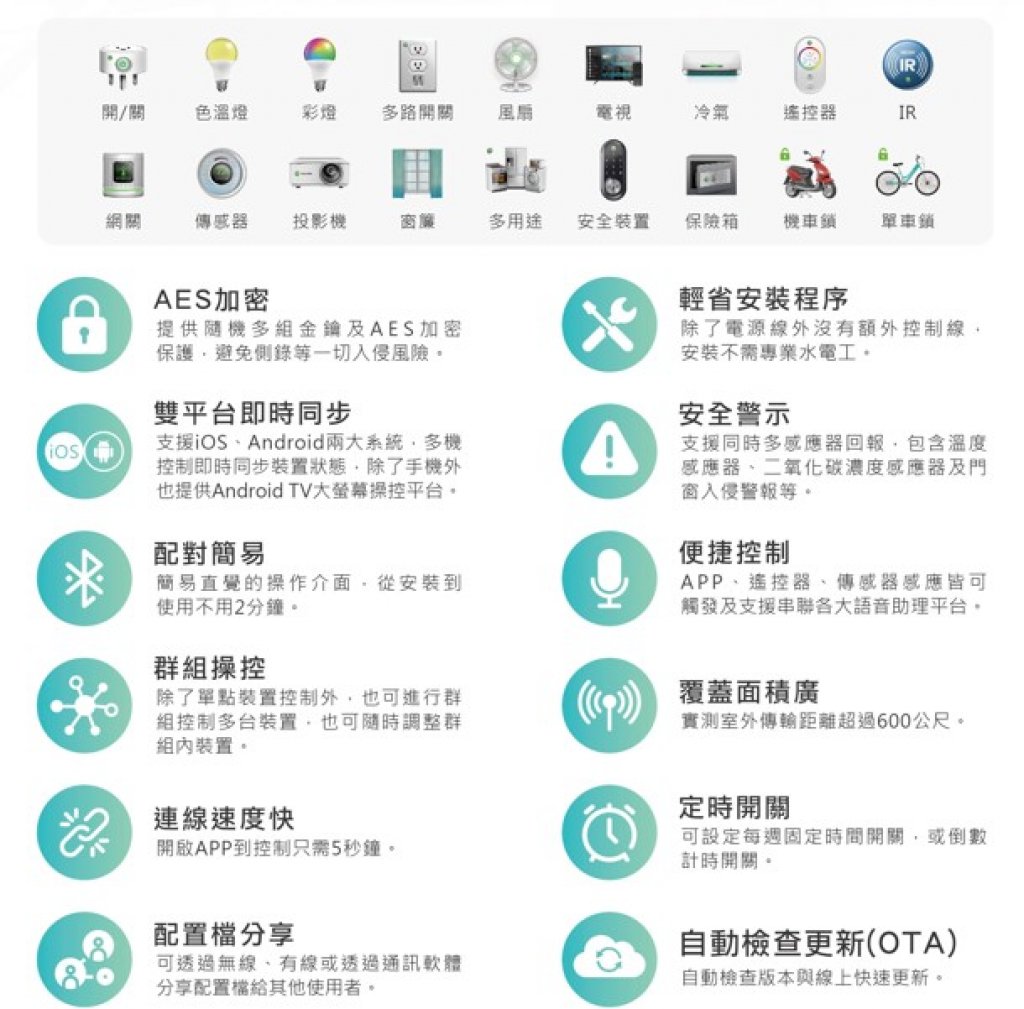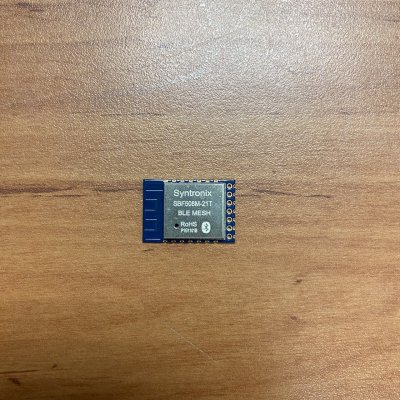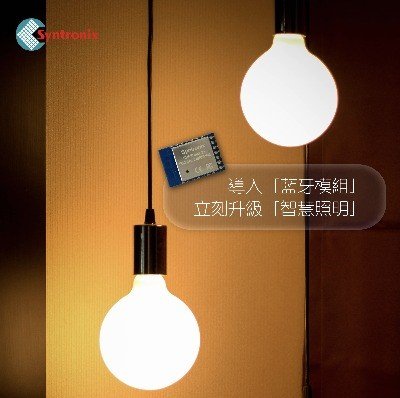
Syntronix
Syntronix was founded in 2001 and has professional chip research and development technology. At the beginning of our establishment, we targeted specific application IC products and strategically transferred. We cooperated in the development of logic, Mixed-Signal product-related design component libraries and IPs from foreign manufacturers. We provided customers with complete design and production solutions. In 2010, we started to focus on the development and production of wireless communication and microcontroller products. We also jointly developed MCU related products with foreign manufacturers,integrating radio circuits, CPUs and other products with different peripheral circuits, which are widely used in major appliances, power controllers and various systems and mechanics control.
Focus on the advent of the Internet of Things(IoT), Syntronix developed Bluetooth Low Energy SoC, and passed the Bluetooth 5.0 certification in 2017. Our R&D team has trong development capabilities, providing IP, IC, Module, APP and other diversified vertical integration solutions.
Smart Home Platform
Solution Description
Syntronix developed Taiwan's first "Smart Home Platform" based on Bluetooth 5.0 and Bluetooth Mesh, including Bluetooth modules and smart home APP. The devices use Bluetooth modules to speed up development time and quickly upgrade tp smart devices.
Smart Home Platform can be connected in a variety of smart speakers, such as Google, Mijia Xiaoai, Tmall Genie, Xiaodu, etc., cross-brand voice control makeing life more convenient. And Smart Home Platform also supports "remote, timing, single point and group control", getting all the convenience features in one go.
We can directly use the built-in Bluetooth connection of the mobile phone to control smart home appliances at home without the Internet. It has several main advantages such as low power consumption, long transmission distance, fast transmission speed, low delay, and high security.
It also Integrates top software/hardware technology and design interface, supporting iOS and Android two major systems. It help manufacturers speed up product development!

Download
Solutions





 、Firefox
、Firefox  、Edge
、Edge  瀏覽器!
瀏覽器!